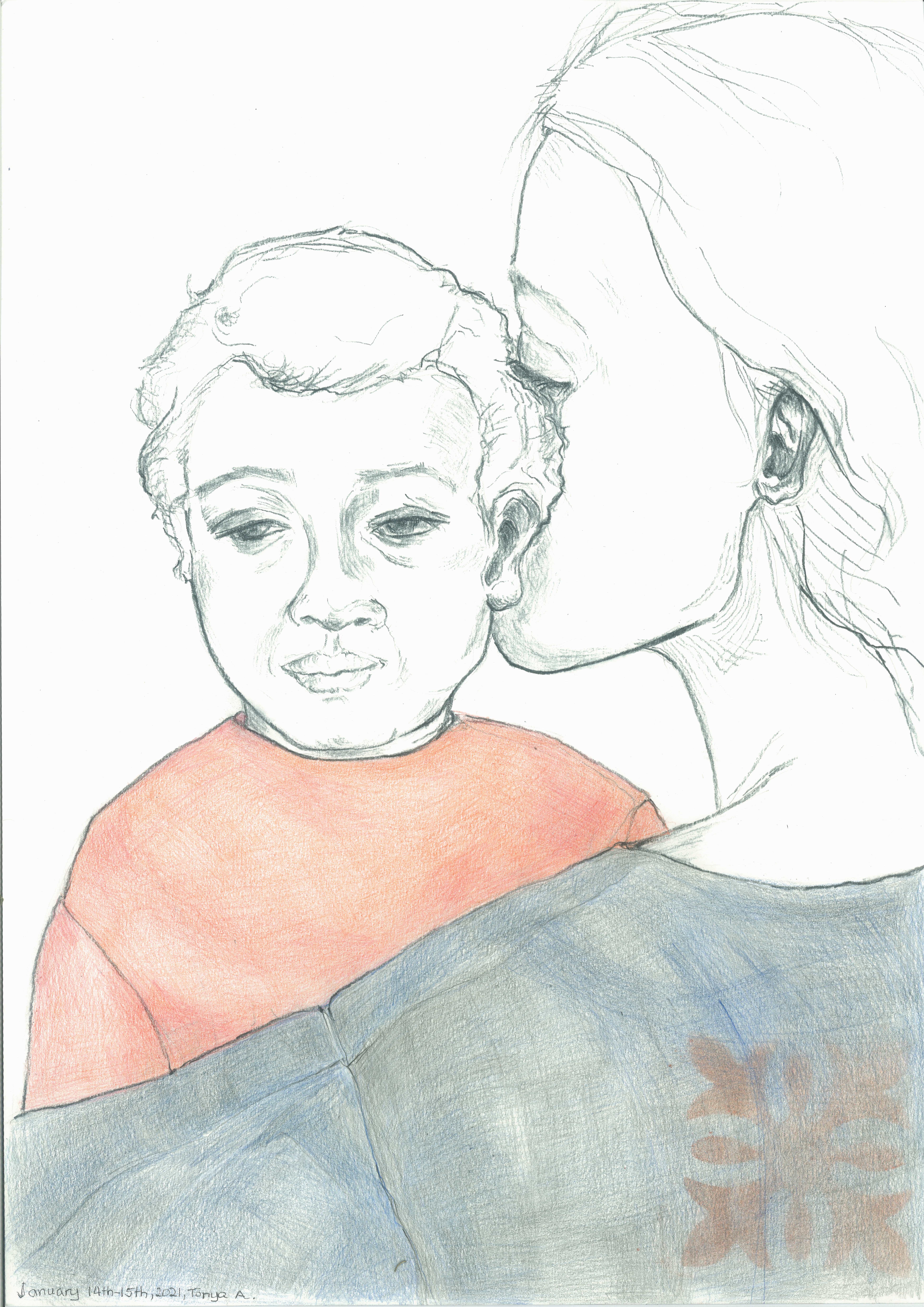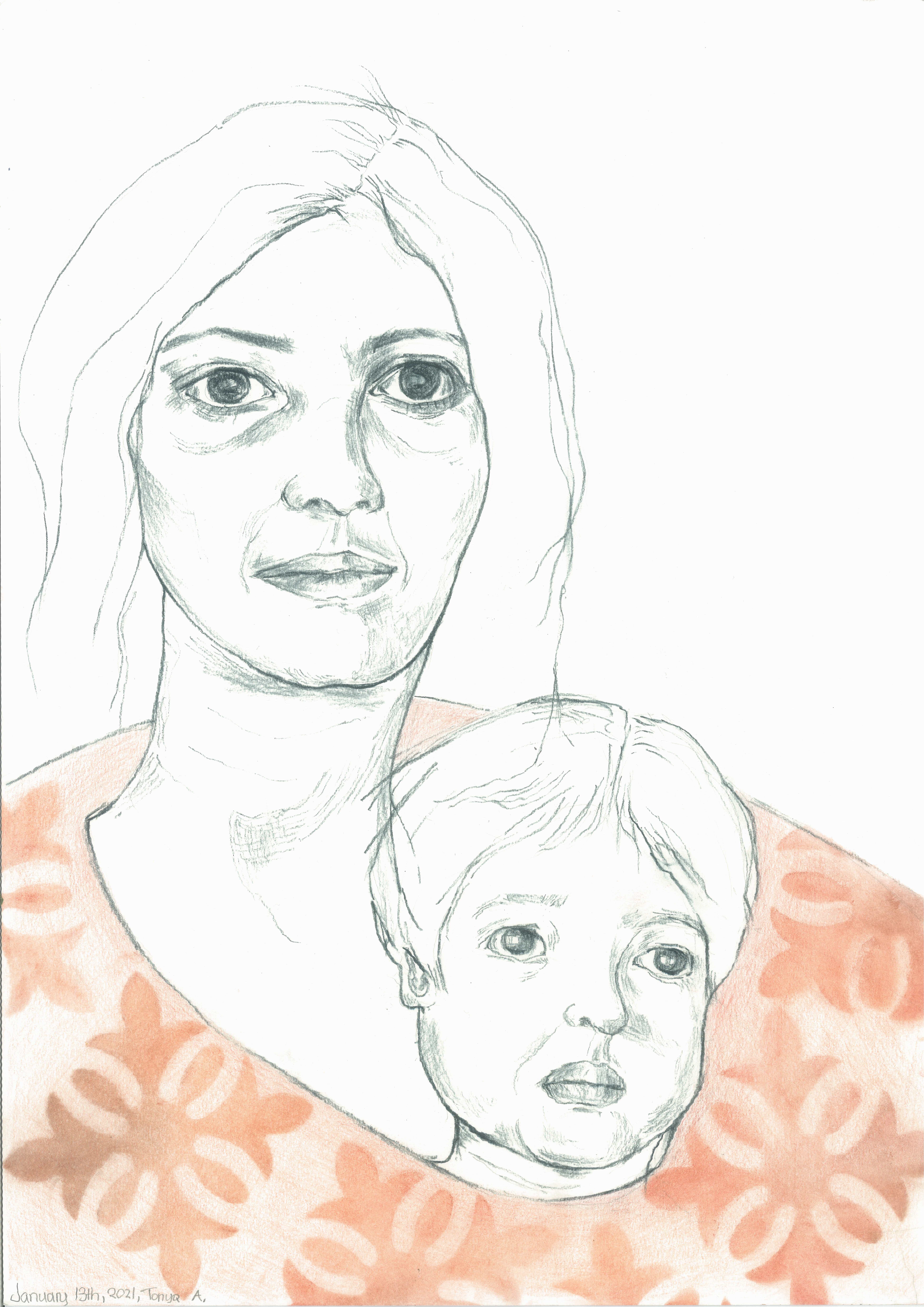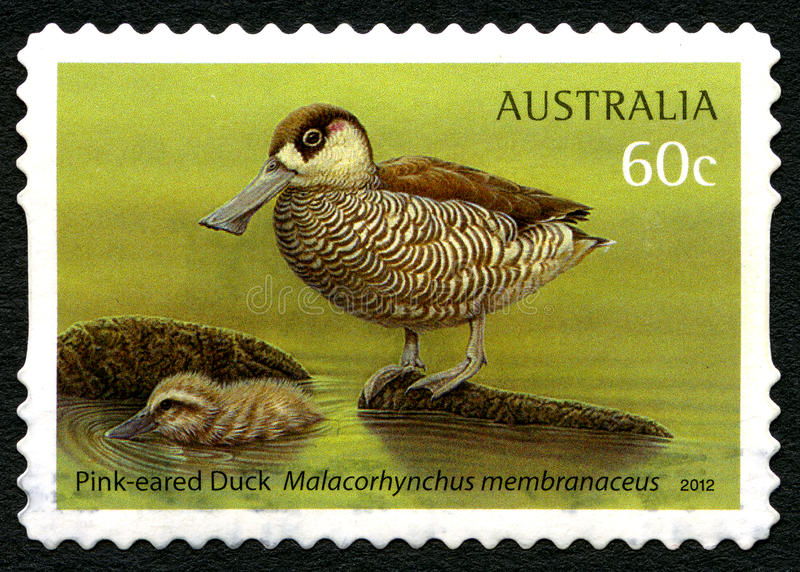Emotions…..
“We become free by transforming ourselves from unaware victims of the past into responsible individuals in the present, who are aware of our past and are thus able to live with it. Most people do exactly the opposite. Without realizing that the past is constantly determining their present actions, they avoid learning anything about their history. They continue to live in their repressed childhood situation, ignoring the fact that it no longer exists.” (From The Drama of the Gifted Child by Alice Miller)
My Eyelid
Come sleep, take it (the child) / place it on silk / quietly
And from honey milk / let the staircase of your dream be wide
My eyelid is closed / ah! my lucky one / Don’t rise morning star / don’t be scared.
Lullaby by Chronis Aidonidis and Nikos Kypourgos: https://www.youtube.com/watch?v=A-HTQb5KA6
(Lovely Greek lullaby, rhythm and rhyme, and even tenderness, have sort of been lost in translation)

In the previous post I referred to a podcast in which Dacher Keltner talks about his exploration of pro-social emotions like: awe, gratitude, empathy, compassion and others, and how they are tied to our capacity to live a life of meaning, the connection between emotions, ethics and power, about compassion and those, who are in some sense wired to be able to tap more easily into empathy and compassion. Keltner also tells us a bit of how he ended up focusing on emotions in his work. He writes: “the field (this is the mid-80s) was really in what’s called the cognitive science revolution: the mind is a computer, the process is information, there are algorithms. That’s how we make sense of the world. I really felt that emotion was missing in our conceptualization of the mind and the body… There were two critical events that happened to me. The first is my grad advisor, Phoebe Ellsworth—who’s a brilliant scientist. I did a project showing that with little brief changes in emotion, if you feel sad, for example, you just look at the world differently. It’s like this lens upon reality. And then the second big transformative experience… was she enabled me to get a postdoc after my PhD at Stanford with Paul Ekman [a pioneer in the study of emotions and their relation to facial expressions. Ekman has conducted seminal research on the specific biological correlations of specific emotions, trying to demonstrate the universality of emotions]. I learned from Ekman the brilliance of Darwin and just the incredible wonders of how we express emotion in the body and in the face and in the voice….. the field really started to change in the emotion revolution. There were people like Jonathan Haidt who argued that our sense of morality, freedom, justice, caring, equality, those are ancient emotional tendencies that you see in non-human primates.”
I’d like to add that even though I did a masters’ programme a little over a decade ago, this over-emphasis on cognition and cognitive behavioural therapeutic modalities, at the exclusion almost of other important human experiences like emotions, sensations, early experiences, and above all, circumstances and context, was still very much part of the whole atmosphere, Keltner speaks to how things have changed in the field and how the importance of our emotions in our life is being studied by scientists and researchers. He writes: “People like Jonathan Haidt saying our sense of meaning and purpose and right and wrong comes out of the gut and our feeling. And then neuroscience. There’s new thinking by Solms and colleagues that our sense of self and meaning really is not in the cortex where we think about things, it’s really in the sub-cortex down by the brain stem, in the periaqueductal gray, where that attaches the sense of meaning to what we see in the world, and it’s rooted in feeling.” He also notes how academia is a very adversarial peer review-based process and the he has experienced pushback for his work. He writes: “Wow, I tried to be kind and not go out and undermine other people’s work,” but that happens to me. How do I keep close to this philosophy of kindness? It’s a continuing work in progress…”
In terms of the importance of emotions in her book, The Drama of the Gifted Child, Alice Miller writes that all children have a primary need from the very beginning of their life to be regarded and respected as the person they really are at any given time. She clarifies that when we say “the person the child really is at any given time,” we mean emotions, sensations, and their expression from the first day onward. In an atmosphere of respect and tolerance for feelings, the child, in the phase of separation, will be able to give up symbiosis with the mother and accomplish the steps toward individuation and autonomy, which are prerequisites for the healthy development. Our access to our emotional world, our capacity to stay with emotions and the knowledge stored in our bodies is a prerequisite to healing, growing and changing. Miller claims that the repression of childhood pain and emotions influences not only the life of an individual, but also the taboos of the whole society. She writes that we can never undo the damage done in early years, but we can change and gain our lost integrity by choosing to look more closely at the knowledge that is stored inside our bodies and bringing this knowledge closer to our awareness. And even though this path is neither easy nor pain free she believes that it is the only route by which we can free ourselves from dysfunctional beliefs, repressed emotions and the invisible prisons of our childhood.
Miller clarifies that this truth and process is not only relevant to people who have had a very difficult early life or people who are aware of their traumas, but also to those that might believe that they had a good childhood. For instance, she explores the roots of many common adult strategies and behaviours, many of which are viewed as positive and condoned socially. She writes: “Their access to the emotional world of their own childhood, however, is impaired— characterized by a lack of respect, a compulsion to control and manipulate, and a demand for achievement. Very often they show disdain and irony, even derision and cynicism, for the child they were. In general, there is a complete absence of real emotional understanding or serious appreciation of their own childhood vicissitudes, and no conception of their true needs — beyond the desire for achievement. The repression of their real history has been so complete that their illusion of a good childhood can be maintained with ease.”

Miller also discusses prevalent or mainstream toxic pedagogic methods like not picking up a baby while crying to avoid spoiling it, or health providers encouraging scheduled feedings and training babies to not wake up during the night, and so on, that have been part of the upbringing of many generations. Mate Gabor describes his mother’s internal emotional struggle trying to abide with her physician’s instructions and not pick him up while he was desperately crying as a baby. In her book, Of Woman Born: Motherhood as Experience and Institution, Adrienne Rich writes: “…..she [the mother] is, in fact, expected to prepare them [her children] to enter that system without rebelliousness or “maladjustment” and to perpetuate it in their own adult lives. Patriarchy depends on the mother to act as a conservative influence, imprinting future adults with patriarchal values even in those early years when the mother-child relationship might seem most individual and private; it has also assured through ritual and tradition that the mother shall cease, at a certain point, to hold the child— in particular the son— in her orbit.”
In her chapter, The Mother as Society’s Agent During the First \years of Life, Miller says that the things that make us sick are those things we cannot see through, society’s constraints that we have absorbed through our parents’ eyes. She writes: “No amount of reading or learning can free us from those eyes. To put it another way: Many people suffering from severe symptoms are very intelligent. They read in newspapers and books about the absurdity of the arms race, about exploitation through capitalism, diplomatic insincerity, the arrogance and manipulation of power, submission of the weak, and the impotence of individuals — and they have given thought to these subjects. What they do not see, because they cannot see them, are the absurdities enacted by their own mothers when they were still tiny children. Oppression and the forcing of submission do not begin in the office, factory, or political party; they begin in the very first weeks of an infant’s life. Afterward they are repressed and are then, because of their very nature, inaccessible to argument….” We cannot change this nor awaken to more reality until our own early reality and conditioning have been faced and experienced. It is only then that as Miller says: “building up new illusions and denials in order to avoid the experience of that reality disappears. We then realize that all our lives we have feared and struggled to ward off something that really cannot happen any longer; it has already happened, at the very beginning of our lives while we were completely dependent….. to free ourselves from these patterns we need more than an intellectual awareness: we need an emotional confrontation with our parents in an inner dialogue.” So, we need to feel our emotions and this is neither easy nor is it encouraged in our emotions phobic society.
In relation to how social structures and contexts interfere with the mother-child relationship and bond Miller also focuses on our birthing practices in the West. She emphasizes the need to not separate mothers from their newborns, which is still a common practice in many hospitals and maternity clinics. Miller writes: “If a woman is to give her child what he will need throughout his life, it is absolutely fundamental that she not be separated from her newborn, for the hormones that foster and nourish her motherly instinct are released immediately after birth and continue in the following days and weeks as she grows more familiar with her baby When a newborn is separated from his mother— which was the rule not so long ago in maternity hospitals and still occurs in the majority of cases, out of ignorance and for the sake of convenience— then a great opportunity is missed for both mother and child. The bonding (through skin and eye contact) between mother and baby after birth stimulates in both of them the feeling that they belong together, a feeling of oneness that ideally has been growing from the time of conception. The infant is given the sense of safety he needs to trust his mother, and the mother receives the instinctive reassurance that will help her understand and answer her child’s messages. This initial mutual intimacy can never again be created, and its absence can be a serious obstacle right from the start.” In the book mentioned above, Adrienne Rich provides a much more extensive historical and political analysis of the evolution of the birth practices across historical contexts, especially, in the West, and the consequences for both women and children.
Miller expands on the benefits of supporting mother child bonding from the first moments. She writes: “A woman who has experienced bonding with her child will be in less danger of mistreating him and will be in a better position to protect him from mistreatment by the father and other caregivers, such as teachers and babysitters. Even a woman whose own repressed history has been responsible for a lack of bonding with her child can later help him overcome this deficit, if she comes to understand its significance. She will also be able to compensate for the consequences of a difficult birth if she does not minimize their importance and knows that a child who was heavily traumatized at the beginning of his life will be in particular need of care and attention in order to overcome the fears arising out of more recent experiences.”
At the moment I’m reading Secrets of the Sprakkar, which is an ancient Icelandic word meaning extraordinary or outstanding women, by Eliza Reid, the Canadian wife of the president of Iceland, which is considered the planet’s finest country for women in terms of rights and gender equality. Reid describes how all prenatal care in Iceland is managed by midwives rather than doctors and the Nordic, hands-off approach to pregnancy and childbirth because pregnancy is viewed as a normal and natural state, and extensive research indicates that in low-risk pregnancies, there are fewer medical interventions during midwife-led births than those directed by a physician. Iceland also has one of the lowest C-section rates of higher income countries, at about 16 percent of all births and some of the best overall birth outcomes in the world. She writes: “Iceland does a lot of things well when it comes to having babies. There is an emphasis on the natural process of birth, from soft lighting in the delivery rooms to plenty of pain relief options before an epidural is (sometimes grudgingly) approved….. In most straightforward births, no one is in a rush to remove the baby to record details like length and weight, leaving the infant instead to rest and warm up on its mother’s chest.”
From cradle to death our experiences are in part socially constructed and determined. Eliza Reid herself is the biological mother of four, something she had never anticipated. She writes: “Had I stayed in Canada, I doubt I would have been so prolific in offspring. But in Iceland, somehow, it just seemed so easy to have a child— and then another, and another, and another. Here, comprehensive, midwife-led prenatal care is free of charge; even the nominal fees that usually accompany medical appointments and procedures in Iceland are waived. My husband and I each took several months of parental leave, during which we received payments from the government. When we returned to work full-time, our children were first cared for by a licensed child minder and then at a preschool a five-minute walk from our house, both of which were heavily subsidized by the city of Reykjavík. With these supportive systems in place, we didn’t need to prioritize financial considerations when deciding the size of our family.”
At a collective level this process of acquiring emotional awareness is important because as Miller writes experiencing our legitimate emotions is liberating, not just because of the discharge of long-held tensions in the body but above all because it opens our eyes to past and present reality and frees us of lies and illusions, helps us uncover repressed memories and dispel attendant symptoms. This is empowering without being destructive. Repressed emotions can be resolved as soon as they are felt and understood, and then the need to scapegoat others or project our anger, contempt or hatred on others dissipates. She writes: “The future of democracy and democratic freedom depends on our capacity to take this very step and to recognize that it is simply impossible to struggle successfully against hatred outside ourselves, while ignoring its messages within. We must know and use the tools that are necessary to resolve it: We must feel and understand its source and its legitimacy. There is no point in appealing to our goodwill, our kindness, and a common spirit of love, as long as the path to clarifying our feelings is blocked….The mistreatment, humiliation, and exploitation of children is the same worldwide, as is the means of avoiding the memory of it. Individuals who do not want to know their own truth collude in denial with society as a whole, looking for a common “enemy” on whom to act out their repressed rage.”

